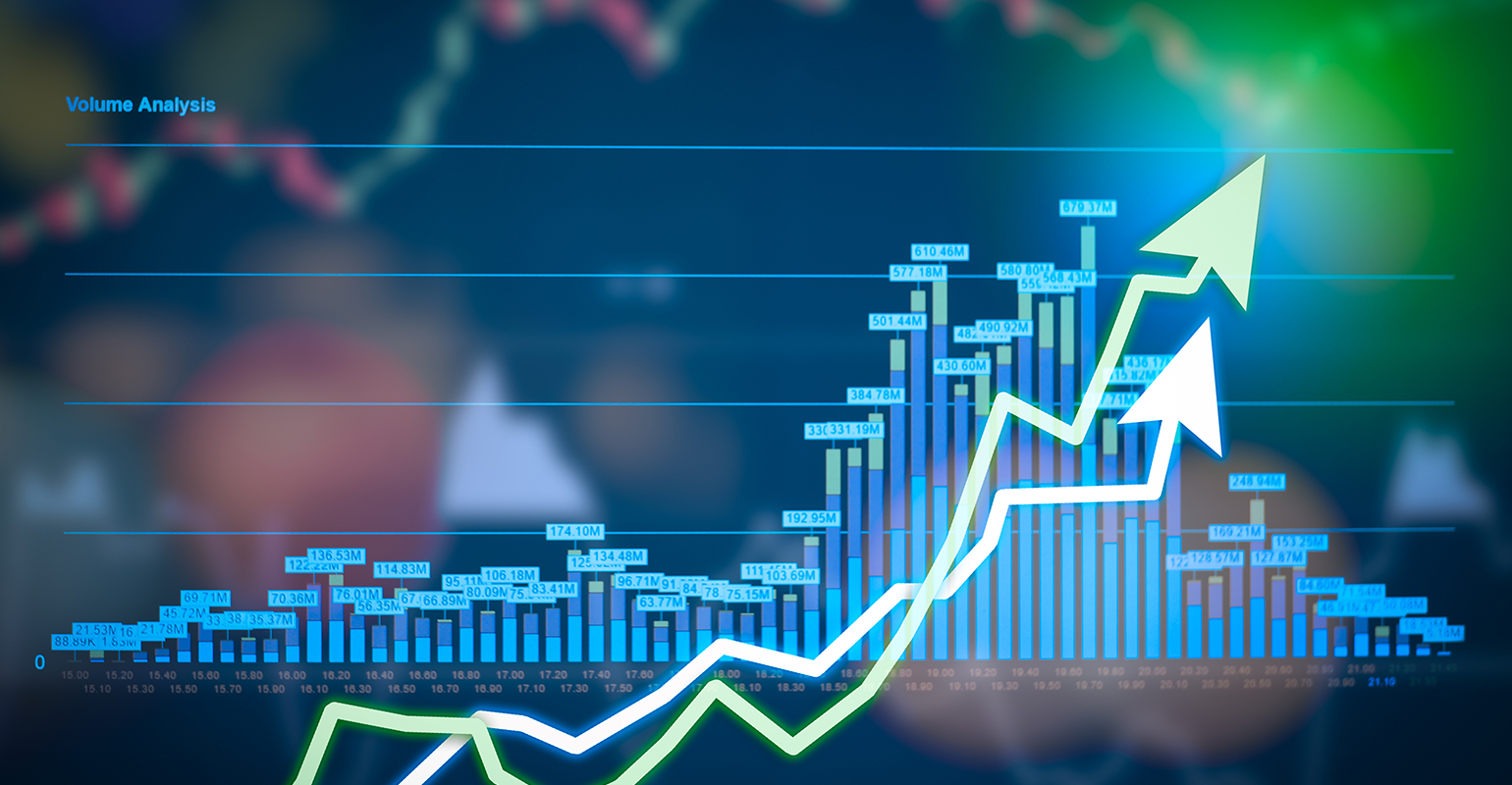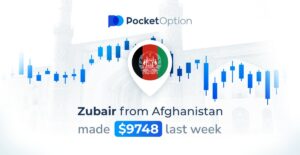
A recent monthly trending market report from Cerulli Associates found that passive ETFs are outperforming actively managed funds, although recent flows and issuances still favor actively managed funds.
One problem is that fixed income products can provide income and some downside protection in a higher interest rate environment, undermining one of the selling points of active funds.
ETF assets increased by $439 billion in December, up 24.5% for the year, according to Cerulli. US$128 billion of this growth came from capital inflows. For mutual funds, passive fund performance offset $74.7 billion in outflows with $4.1 billion growth. Meanwhile, passively managed ETF flows outpaced actively managed ETF flows by $100 billion, even though actively managed ETFs had a higher organic growth rate of 2.9% compared to 1.6% for actively managed ETFs. In December, mutual fund assets grew by $670 billion on performance, but there were also $70.6 billion in outflows.
“This is a milestone we’ve reached. If you look at mutual funds and ETFs, you’ll see there are outflows into active mutual funds, moderate to small inflows into passive mutual funds, and significant inflows into active and passive ETF.” Cerulli. “However, in dollar terms, flows into active ETFs are still very small. Active ETFs are about $500 billion, while passive ETFs are more than 10 times larger.”
On a monthly basis, $10 billion flows into active ETFs and $100 billion flows into passive ETFs, but that balance may change.
“In many cases, independent RIAs still believe in active management,” Apkarian said. “But they are less convinced of the merits of active management than the large broker/dealers and wirehouses who are more convinced of it.”
This is related to new findings A survey released by Natixis Investment Managers showed that 69% of 198 fund selectors surveyed said active fund management will be critical to investment performance in 2024. These fund selectors come from private banks, brokerage firms, RIAs and RIA aggregators, independent or individual wealth managers, and other institutional investment advisors with a combined $19.4 trillion in client assets under management. The research found that 58% of respondents said actively managed funds on their platform outperformed their benchmarks last year, and 65% expected the market to continue to favor actively managed funds.
Many advisors believe that passive and active strategies complement each other. For equities, for example, generating alpha through active management is much more difficult than with illiquid assets, Apkarian said.
Going forward, active offerings are likely to continue to be relatively more popular as part of the natural evolution of the ETF space. Passive ETFs are more mature and have less room for new launches, while active ETFs are newer and have lower market saturation. In fact, as part of this trend, actively managed ETF assets grew 37% last year, while passively managed ETF assets grew by 8%. According to Morningstar traffic reports.
“One can think of this not just as a passive/active shift, but also as a longer-term shift toward low-cost, transparent and tradable products,” said Aniket Ullal, head of ETF data and analytics at CFRA Research. “In the ETF industry In the early stages of 2020, it was primarily low-cost, transparent, tradable index funds that were taking an increasing share relative to active funds. Over the past 12 to 24 months, many active strategies are now available on transparent , are available at lower costs in tradable ETF packages, so active strategies appear to be regaining some share. Recently, the largest players in the index space, such as Vanguard and Blackrock, have been expanding their active ETF product lineups.”
Additionally, the overall rebalancing from mutual funds to ETFs will continue to drive market activity. This occurs with replication strategies by fund sponsors constructing ETFs that mirror existing mutual funds, as well as with some ETF conversions.
“Asset managers can be packaging agnostic, giving advisors the opportunity to choose the structure that’s best for their clients,” Apkarian said. “They can push new funds as well as existing strategies that they’re replicating. They know they’re going to be received pretty well.”






